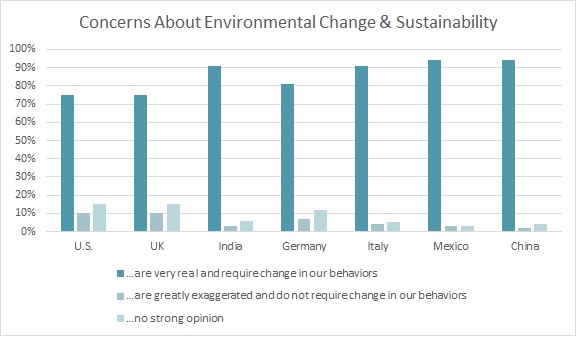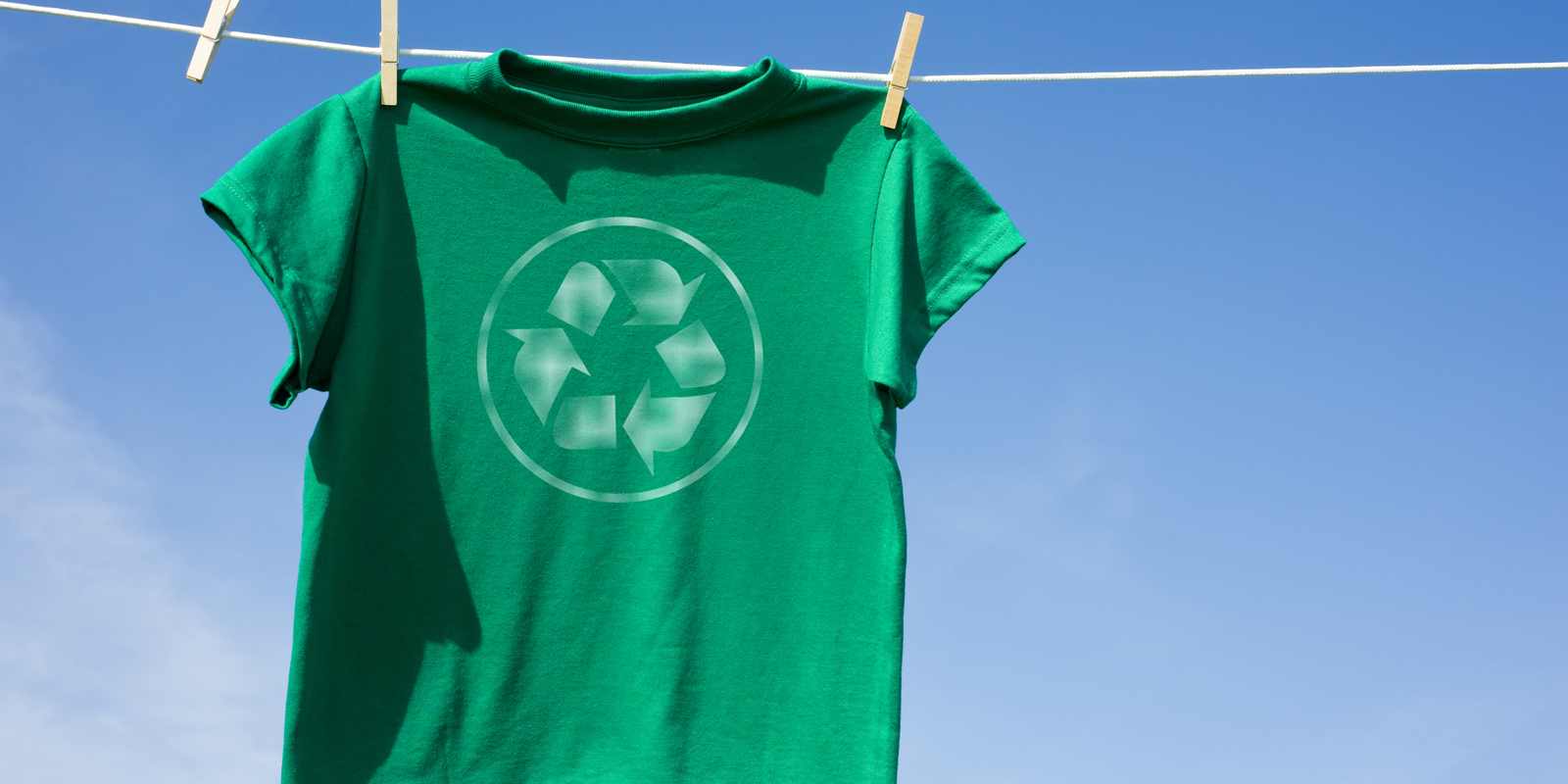Every Earth Day, which falls this year on April 22, people tend to think about planting a tree or joining a clean up team to clear local streams and parks of garbage and debris. What they don’t think about is the impact their closets are having on Mother Earth. However, rather than ignoring the issue, retailers and manufacturers can take steps or ramp up their efforts to curb the sartorial spread.[quote]
The apparel purchasing dynamic has been off kilter for years and it’s resulting in an abundance of clothes in stores, homes, thrift shops, and landfills.
Consumers are spending less on clothes than they did 40 years ago, but buying more of it. In 1977, clothing accounted for 6.2 percent of U.S. household spending; now, households spend half as much (3.1 percent), according to the U.S. Bureau of Labor Statistics. The rise of fast fashion has a lot to do with that shift. Retailers used to take their time introducing clothes to their floors and putting them on sale at the end of the season. But these days, as McKinsey & Company reported in their “Sustainability & Resource Productivity” article, stores like Zara offer 24 new clothing collections per year; H&M offers 12-to-16 and refreshes them weekly.
At this point, it’s not just the fast fashion retailers that are churning out more and more collections. Fear of missing out has lead mainstream retailers to take up the fast fashion model of offering more styles, more often at lower prices.
Thus, the glut. Overall, textile waste accounts for almost 5 percent of landfill space in the U.S. The textile recycling industry salvages about 3.8 billion pounds of post-consumer textile waste (PCTW) each year, according to the U.S. Environmental Protection Agency. However, as the Council for Textile Recycling (CTR) reports, the EPA has found that this accounts for just 15 percent of all PCTW, leaving 85 percent in landfills.
In the U.S., 72 percent of consumers are concerned about the environment and feel motivated to take sustainable actions, according to the Cotton Incorporated 2017 Global Environment Survey. Additionally, 75 percent of consumers feel environmental change is very real and requires adjustments in our behaviors.

Consumers are trying to do the right thing when it comes to the extra clothes in their closets. The majority of Americans (65 percent) say they recycle their clothing or textiles, according to the Environment Survey.
Ed Stubin, co-owner and chairman of the Trans-Americas Trading Co., which has been recycling textiles since 1942, says his firm processes more than 100 million pounds of used textiles annually. The Clifton, NJ-based company collects tons of used apparel from charities, municipalities, and fundraising groups. The garments are then separated. Some are sold to producers who use the fibers for rags, padding, and insulation. Garments made of cashmere or wool are separated so they can be rewoven and re-knitted into new garments. And the rest of the apparel is resold as used clothing, usually overseas.
Three years ago, Trans-Americas started the 2ReWear program in an effort to work directly with the fashion industry to increase recycling and keep more textiles from the landfills. But it’s had mixed results.
“We designed the program to work with retailers, who could collect used clothing at their stores,” Stubin says. “Shoppers want to buy new clothes, but their closets are full. By bringing their used clothes to a bin at the store, they don’t have to go out of their way to donate their old clothes. And they’re making room for new clothes by bringing their used items to their favorite store. We figure retailers could use the program as a promotional activity to bring shoppers in. And while we recycle millions and millions of pounds of textiles a year, there’s a hesitancy on the part of retailers and manufacturers to participate in the 2ReWear program.”
Stubin theorizes that stores might be concerned that the used clothes would be re-sold and compete with their own sales.
“That’s not the case,” he says. “There are a lot of people that cover this earth that could use clothing. And in some parts of the world, it comes down to buying clothes or putting food on the table. This is an alternative to spending a lot.”
The reluctance to collaborate might seem confusing, especially when considering that H&M has made headlines over the problems incurred by its excess garments. Last autumn, a Danish TV show, “Operation X,” investigated the company and accused it of burning 60 tons of unsold clothes since 2013. More recently, H&M revealed in its latest quarterly report that it has $4.3 billion in unsold clothes. In a New York Times article, the company said it planned “to slash prices to reduce the stockpile.”
At the other end of the spectrum is designer Daniel Silverstein. His label, Zero Waste Daniel, uses discarded factory scraps and turns them into new garments. These range from T-shirts and hoodies to tanks, sweatpants and shorts. He also makes one-of-a-kind items using panels of fabric to create mosaic-style sweatshirts or pieced sweaters. The Brooklyn-based company’s mission is to “make unique yet affordable fashion pieces by applying the art of sewing to the scraps that abound due to [the] fashion industry’s wasteful practices.” Since it began in 2017, the company estimates it’s already saved tons of scrap material from Greater New York-area landfills.
In the U.S., recycling and sustainability has captured the interest of nearly 6 in 10 consumers (59 percent) “simply because it’s the right thing to do,” according to the Environment Survey. That’s followed by a wish to “protect the world for my children/grandchildren/future generations” (50 percent) and “to live a more balanced/healthier lifestyle” (41 percent).
Some companies like Patagonia are collecting materials like plastic soda bottles to melt them down, extrude the polyester and spin them into new fabric. But Stubin also points out that clothes aren’t being made from recycled soda bottles on a large-scale basis.
Consumers are becoming more increasingly aware of microfiber waste in waterways and drinking water from synthetic fibers such as polyester, and 25 percent of consumers are expressing concern over it, according to the Harris poll.
Stubin says finding new uses — or users — for existing garments has a big impact on the environment.
“When you look at what we do, there are only good things that come out of the recycling effort.”
